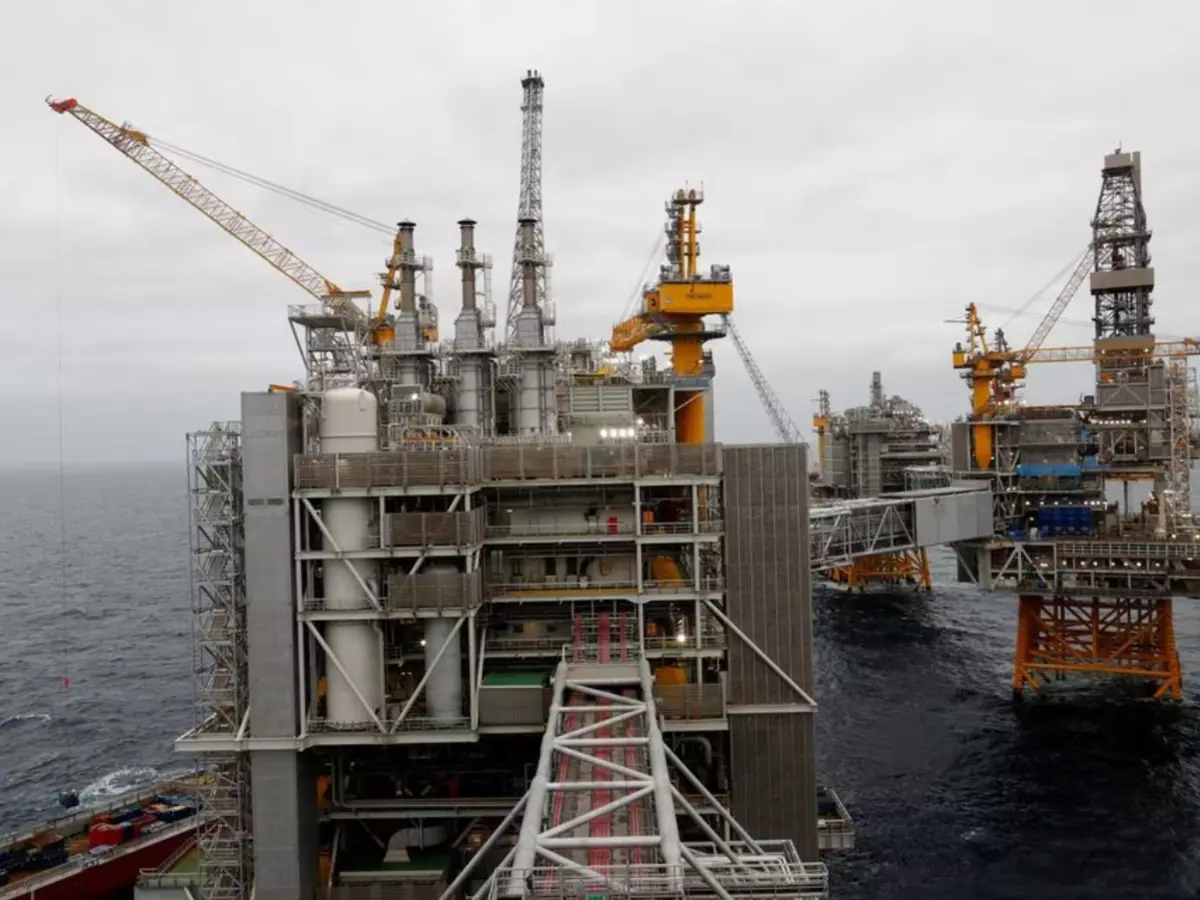Explained: The Effects Of The Resource Curse On The West Asian Countries
The term resource curse is used when a country underperforms economically even though it has been blessed with abundant amounts of natural resources. A resource curse is when the labour force concentrates in just a few resource-dependent industries rather than focusing on all the industries equally. Because adequate arrangements were not made in the other sectors, if the commodity prices decline, the country will be vulnerable to a crisis. This l...Read More

The term resource curse is used when a country underperforms economically even though it has been blessed with abundant amounts of natural resources. A resource curse is when the labour force concentrates in just a few resource-dependent industries rather than focusing on all the industries equally. Because adequate arrangements were not made in the other sectors, if the commodity prices decline, the country will be vulnerable to a crisis. This leads to long term underperformance.
The Middles-East/West Asia is responsible for producing 27% of the oil being produced for exports. In the region, about 14.1 million barrels of oil are produced every day. This is 4% up in comparison to the previous year.
The discovery of oil in the West Asian region happened on March 3, 1938 when an America-owned oil well in Dhahran in Saudi Arabia drilled and found the largest source of petroleum in the world. This discovery of oil in the region changed the political geography of the region completely.
 Reuters/Representational Image
Reuters/Representational Image
While the discovery of the oil was seen as a plus because it economically supported the region, it was also rather seen as a curse. This is because of the fighting that happened between the superpowers over the oil-rich region. They ended up competing for the oil rich regions to export it and provide for their own markets.
If the oil resources were used well and productively, it will be a great blessing for the entire region.
The economy of the region was low because, after the discovery of the abundant resources, it increased their revenues which increased the demand for the local currency. This led to an increase in the local currency value in comparison to the other countries. This made the exported items more expensive in comparison. Also, the imports seemed cheaper to the locals. This led to the negligence in the other sectors other than the oil and petroleum industries.
90% 0f the income for the West Asian countries came from the oil and petroleum industries. This made them more reliant on these industries and they in turn failed to diversify their industrial importance.
 Reuters/Representational Image
Reuters/Representational Image
The oil production and extraction is risky and harmful to people¡¯s health. It causes reproductive issues in humans and also give other side effects. When producing oil, they are more prone to oil spills which can cause harm to mammals and birds through direct physical contact, toxic contamination, and destruction of food resources and habitats.
Oil spills can result in closures of beaches, parks, waterways and recreational and commercial fisheries.
The West Asian countries along with other oil producing countries work together in production of oil under OPEC which is the backbone when it comes to export of oil. Since oil is a very important commodity which is necessary in everyday life, this region is given a lot of importance.









